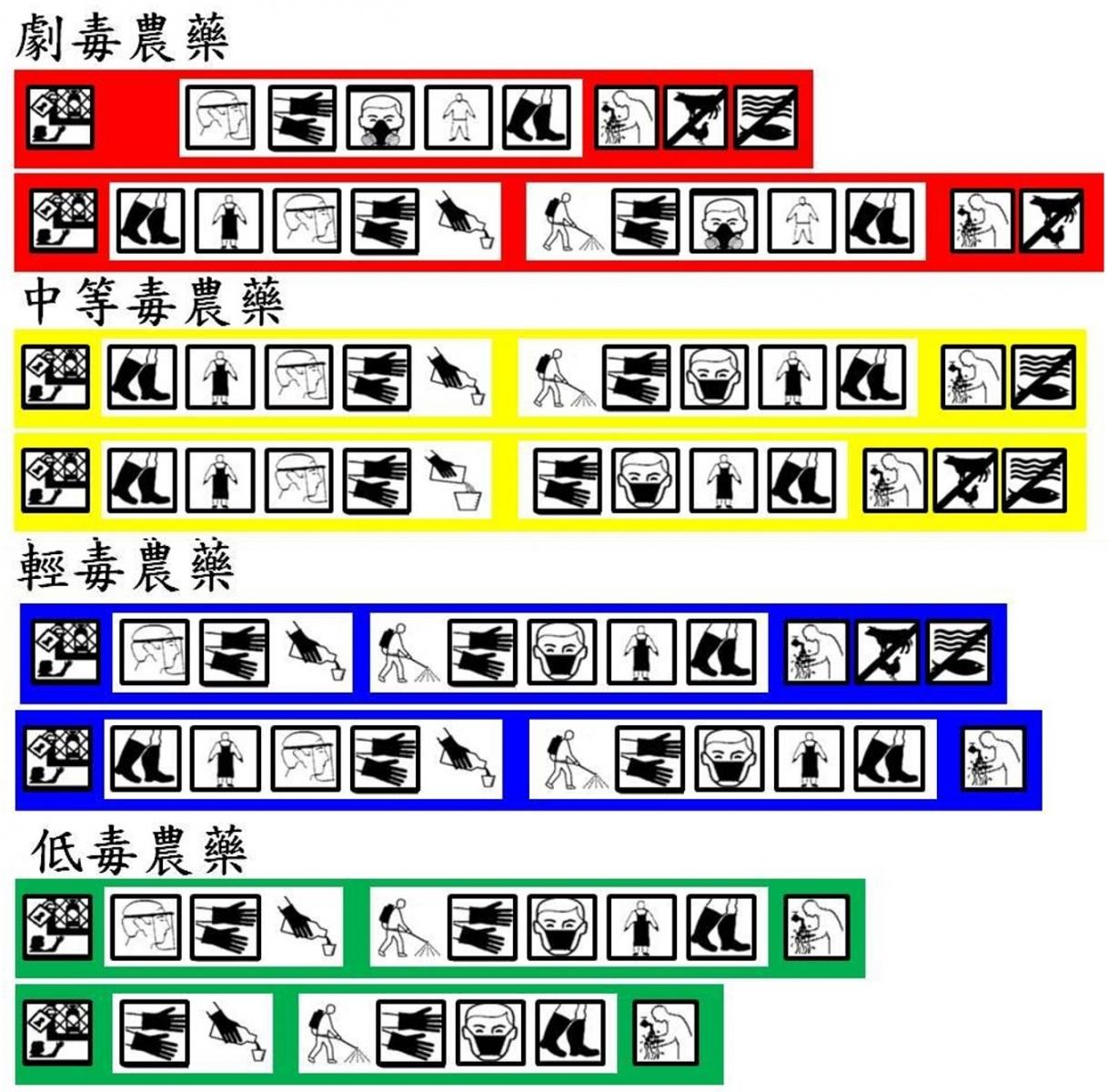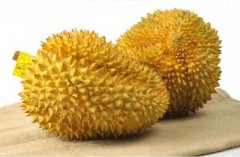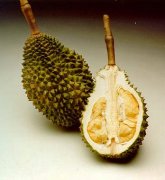Strengthen the management of pesticide labeling and force agro-pharmaceutical manufacturers to disclose the characteristics of pesticides in order to improve the safety of their use.
At the end of last year, the Council of Agriculture announced in advance the draft amendment to the management measures for pesticide labelling and the introduction of the Global Harmonization system for Chemical Classification and labeling (GHS Harmonization system). Recently, the advance notice operation in WTO has been completed, and only after the modification of the labeling sample output system is completed and the manufacturer's test is smooth, it can be officially announced and implemented. The Prevention and Inspection Bureau of the Council of Agriculture said that the new pesticide labelling law determines that agropharmaceuticals have the obligation to disclose the characteristics of pesticide products, which will provide better protection for the safety of pesticide users.
Zou Huijuan, deputy director of the Bureau of Prevention and Inspection, pointed out that pesticide items are becoming more and more diverse, pesticide management must keep pace with the times, and global trade in chemicals is frequent. Countries have formulated relevant laws and regulations to ensure the safety of the use, transportation and disposal of chemicals. China's current marking and management of chemical hazard information is based on the national standard CNS15030, although this CNS15030 has been established on the basis of the GHS reconciliation system. However, the Prevention and Inspection Bureau believes that it is necessary to further strengthen the management of pesticide labeling, in line with international standards, and strengthen the distinction between the characteristics of individual products, so it decided to amend the pesticide labeling management measures.
The Bureau of Prevention and Inspection explains the key points for the revision of pesticide labeling management methods, including: the establishment of a sample output operating system to assist manufacturers in labeling hazard schemata and hazard messages according to product characteristics; after labeling changes, the labeling shall not be changed by alteration, sticker correction or repeated sticking. The code of pesticide action mechanism and the bar code of pesticide products should be incorporated into the items that should be recorded in pesticide labeling, and the hazard schemata and hazard prevention schemata that conform to the GHS blending system should be marked; the instructions must be delivered for the sale of pesticides, which shall not be separated from each retail unit of pesticides; the pictures and texts shall not overlap with the items that should be recorded in pesticide labels, so as to facilitate users to read pesticide labels clearly. The classification and diagram of acute toxicity of pesticides to honeybees were added to strengthen the management of pesticides to non-target biological hazards.
Zou Huijuan said that at present, in response to the revision of the laws and regulations, except for indicating that the sample output operating system has not yet been completed, the rest of the preparatory work has been completed. As to whether the sample output operating system is suitable or not, manufacturers have been asked to test it in March this year, but the operators have put forward some suggestions that the system needs to be adjusted again, and it is estimated that it will be put on trial again in June. If there is no problem, the Prevention and Inspection Bureau will formally announce it.
The Bureau of Prevention and Inspection pointed out that the amendment requires the agropharmaceutical industry to shoulder the obligation to disclose the characteristics of pesticide products and to provide users with detailed operational guidelines to improve the safety of pesticide use. However, after the announcement of the amendment to some provisions of the measures for the administration of pesticide labelling, the operators were given a buffer period of up to three years. Zou Huijuan explained that after the announcement, there will still be pesticides already sold at the factory, and it is impossible to recycle and re-label them, so it is only given a three-year buffer period. however, pesticides that leave the factory after the announcement must be marked in accordance with the new regulations.

- Prev

Thailand gold pillow durian characteristics introduction, gold pillow durian how much a catty expensive
Durian is a Southeast Asian fruit, most popular in Thailand, Malaysia, Indonesia, Singapore and the Philippines. Many durian trees are large and can grow from 20 to 50 meters tall. Durian has many different species and cultivars, some with more
- Next

Introduction of durian varieties in Thailand. What are the characteristics and taste of ChaNee durian in Thailand?
ChaNee refers to the gibbon of Thailand, belonging to the Luang breed group. This is an early variety that bears fruit 4-6 years after planting. Fruit 2-4.5 kg, elliptic to broadly Terete, lobed and grayish brown. Peduncle thick and moderately long, pericarp brownish yellow, thin and obtuse
Related
- A course of planting techniques and methods on how to grow carrots
- How to plant the latest tulips?
- Is it better to pick tea in the morning or in the afternoon? When is the best time for tea to be picked? what is the third or fifth tea?
- Launch Yuanxiao Happy combination Haocha + Tea Yuan healthy Taste
- Penghu Tourism "Fireworks 20 Parade with You"
- 2022 West Lake Happiness holds "Digital Revitalization Voucher" and draws iphone13 and laptop.
- Banqiao Fuzhou social houses are designed to change start-up combined with police elimination to create a safe and livable environment
- The convenient measure of "mechanical weeding" in Xinbei has been abused and the Agriculture Bureau has imposed heavy penalties on the illegal land consolidation.
- Changgeng University Joins Hands with Four Memory Factories to Rescue Memory Talent Shortage
- The list of Taiwan's top 100 MVP managers is listed by the Director-General of the Farmers' Association of Sanxia District.

